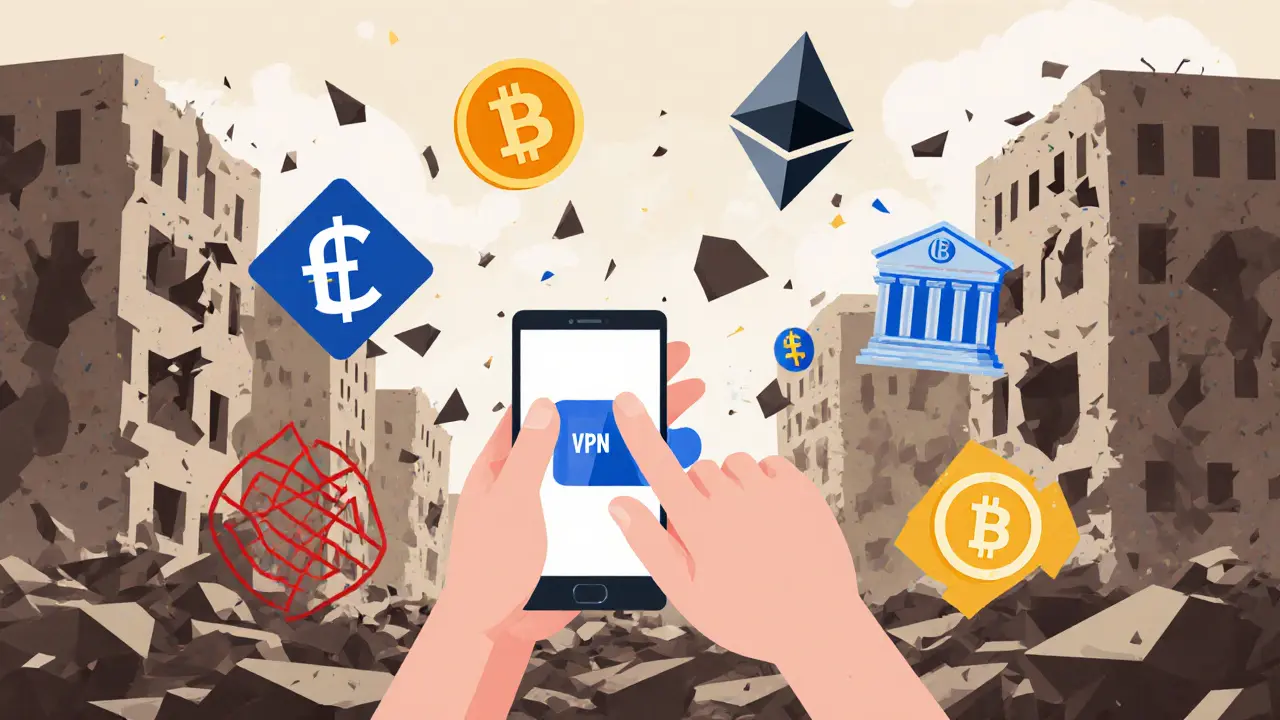Stablecoins Explained: Best Options for DeFi, Trading, and Holding Value
When you buy crypto, prices can crash overnight. That’s where stablecoins, digital currencies designed to maintain a stable value, usually tied to the US dollar. Also known as pegged tokens, they let you hold crypto without riding wild price swings. You don’t need to cash out to avoid losses—you just swap your Bitcoin or Ethereum for a stablecoin and wait for the next opportunity.
Not all stablecoins are built the same. Some, like USDC, a stablecoin fully backed by cash and short-term U.S. government bonds, issued by Circle, are transparent and regulated. Others, like DAI, a decentralized stablecoin backed by crypto collateral and governed by smart contracts on Ethereum, run without banks but rely on complex systems that can glitch under pressure. Then there’s USDe, a yield-bearing stablecoin that pays interest while staying pegged to the dollar, and FRAX, a hybrid stablecoin that mixes collateral with algorithmic supply adjustments. Each has trade-offs: safety vs. decentralization, yield vs. simplicity.
You’ll see stablecoins everywhere in DeFi—lending, borrowing, farming, swapping. They’re the backbone of liquidity pools and the go-to currency for traders who want to exit volatile assets without leaving crypto entirely. But they’re not risk-free. A bank failure, a smart contract bug, or a loss of confidence can break the peg. That’s why knowing which ones are actually backed, audited, and trusted matters more than ever.
The posts below cut through the noise. You’ll find clear breakdowns of the top stablecoins for 2025, real-world use cases, and warnings about fake claims that look like airdrops but are just scams. No fluff. No hype. Just what works—and what doesn’t.
How Citizens in Sanctioned Countries Access Crypto Exchanges
Citizens in sanctioned countries use Bitcoin, Ethereum, and decentralized stablecoins to bypass financial restrictions. Despite OFAC crackdowns, they adapt with DEXs, P2P trading, and wallet rotation to keep access to global finance.
learn more